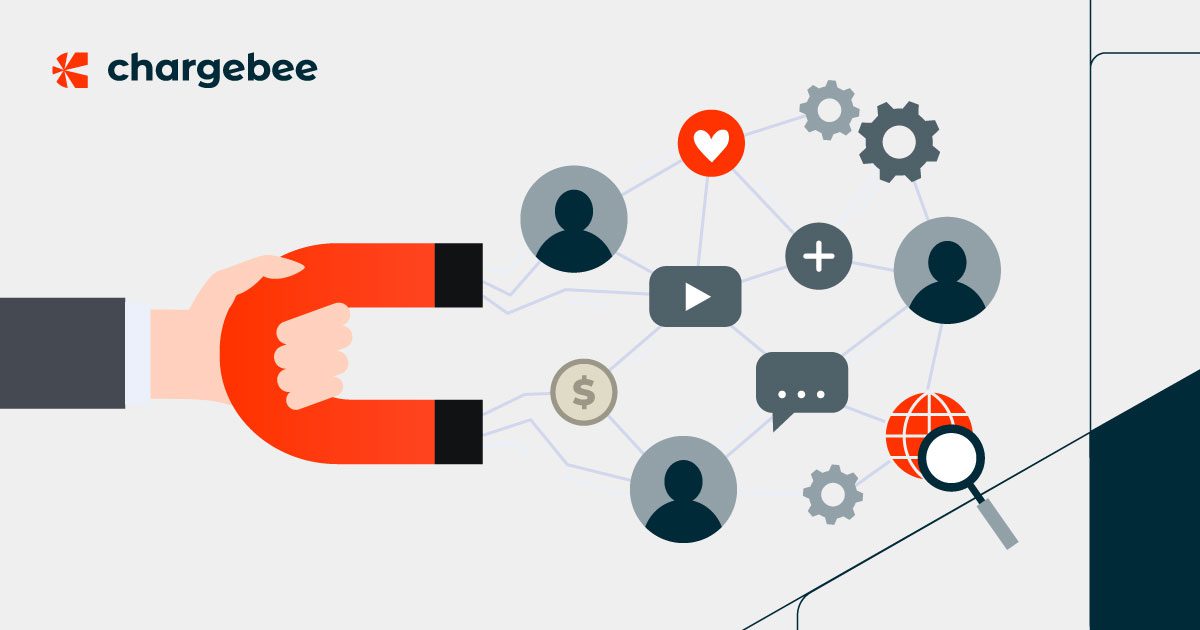The battle of customer retention vs. acquisition is an old one.
The truth is that both customer acquisition and customer retention are essential, regardless of which stage your company is in. Unfortunately, most companies focus much more on customer acquisition despite customer retention having a much higher ROI and being more cost-effective.
Understanding the importance of customer retention and balancing retention and acquisition strategies separates great sales and marketing teams from mediocre ones.
In this article, we’ll dive deep into the customer retention vs. acquisition debate, explain the factors you should consider before assigning budgets, and look at specific scenarios where it might be right to favor one more.
Difference Between Customer Retention and Customer Acquisition
Customer retention and acquisition are like two sides of the same coin: one focused on growth and the other focused on conservation.
Customer retention focuses on keeping what you have. It’s any strategy your business uses to retain customers, thereby reducing the number of customers that churn. Think loyalty schemes, onboarding workflows, and smart dunning systems that collect failed payments.
Customer acquisition is all about getting new customers. It’s any marketing strategy your business uses to get new bodies through the door — think paid ads, SEO, and social media marketing.
Because they have different goals, customer retention and customer acquisition strategies focus on separate parts of the sales funnel. Customer acquisition focuses on the first five parts of the sales funnel:
- Awareness
- Interest
- Evaluation
- Negotiation
- Closing
Customer retention efforts focus on the bottom of the sales funnel: renewal.

The strategies businesses use for customer acquisition vs. customer retention differ, too.
Customer acquisition strategies center around inbound and outbound marketing and sales. This includes paid ads, SEO, social media, and inbound sales teams. All of these forms of marketing require significant expenditure (even organic traffic from Google requires someone to write the copy), hence the increased cost of customer acquisition vs. retention.
Customer retention strategies still cost time and money but are less resource-intensive. These strategies include customer loyalty schemes, onboarding programs, customer support, and success teams.
Both are vital to a business’s long-term success. You won’t have a business if you don’t acquire new customers in the first place, but you also need to retain customers if you want your business to grow in the future.
5 Factors to Consider When Choosing to Prioritize Customer Retention vs. Acquisition
Now that you know the pros and cons of customer acquisition and customer retention, it’s time to think about when to prioritize one over the other. Consider the following five factors when doing so.
Your Stage of Growth
Customer acquisition and retention needs change as your business grows. Startups may wish to prioritize customer acquisition over retention. After all, there’s no point in trying to retain customers you don’t have. Once your business is established, moving some of that budget back to customer retention might make sense.
Of course, your business can also stop growing if you suddenly lose a load of recurring customers. If there’s a sudden and unforeseen spike in churn rates, prioritizing retention may be necessary.
Customer Buying Habits
The better you understand your customer base and the typical buying habits of your industry, the more accurately you can determine how to allocate marketing resources. Do customers typically make a one-off purchase, for instance? Or does your business run on a subscription model or frequent purchases?
You should also consider the loyalty of your customer base. If your target market is particularly loyal, convincing buyers to switch will take a lot more effort.
Your Product Offering
Deciding where to focus your efforts can depend on your product offering as much as anything else. Do you have a single product with a range of add-on products? Or do you create a range of independent products that aren’t related to each other? Is your product a fixed price, or do you sell it as a subscription?
Any business where repeat customers make up significant revenue should invest significantly in customer retention strategies.
Your Marketing Budget
If you have a marketing budget big enough to invest heavily in customer acquisition and retention, then fantastic. Unfortunately, only some companies do. Smaller budgets will require focused efforts on one channel. If you have a particularly small budget, you may want to focus almost exclusively on customer retention since it’s much more cost-effective.
Your Customer Acquisition Cost
Finally, your customer acquisition cost can have a big say in prioritizing acquisition or retention. That’s because the higher your CAC, the more expensive your customer acquisition efforts will be.
You can calculate CAC by dividing the total sales and marketing spend over a given period by the number of customers you acquire in the same period.

CAC = total sales and marketing spend ÷ number of customers acquired.
However, high CACs don’t necessarily mean you should focus on customer retention. You may focus on customer acquisition channels to reduce your CAC and make your business more profitable. It all depends on whether you think there’s scope to decrease the cost of acquisition or not.
When Should You Focus on Customer Acquisition over Retention?
It’d be foolish to forgo customer retention efforts completely. However, there are some situations where investing more heavily in customer acquisition makes sense.
- You are a startup trying to win your first customers. When you have few customers, it’s not worth worrying too much about retention outside of giving them a great onboarding experience and developing a fantastic product.
- You are a high-growth company that cares more about acquiring new customers than becoming profitable. Or if your customer acquisition costs are so low that you don’t have to worry about budgets.
- You don’t offer subscriptions and cater to customers making one-off purchases, and you may also prefer to focus on customer acquisition rather than retention. Although getting a current customer to make another purchase may still be cheaper, it may not be reasonable.
When Should You Focus on Customer Retention over Acquisition?
While it wouldn’t be wise to avoid customer acquisition strategies altogether, there are plenty of situations where it makes sense to prioritize customer retention.
- You are an established business with strong word-of-mouth marketing.
- You are a SaaS company or other business that relies on repeat purchases and subscriptions. In this scenario, retaining a customer generates as much revenue as acquiring a new customer — and it’s much cheaper to boot.
- You have a small marketing budget (or a high CAC) and need to stretch resources as much as possible.
Boost Retention Efforts With Chargebee
While the title of this article may seem like it pits customer retention and customer acquisition against each other, you shouldn’t take a one-or-the-other approach.
Ideally, your business should invest in customer retention and acquisition strategies. That doesn’t mean you can’t invest more heavily in customer acquisition if you aim to grow fast, but you ignore customer retention at your peril.
The good news is that you don’t have to work too hard to improve your customer retention efforts. SaaS and subscription businesses can use Chargebee to automate retention by creating personalized cancellation offers, running experiments, and collecting insights.
Are you still pondering the best path for your brand? Reach out to our specialists for tailored advice that aligns with your unique business needs. Don’t miss out on maximizing your growth potential – click here to take the first step towards a more effective and profitable customer strategy!





